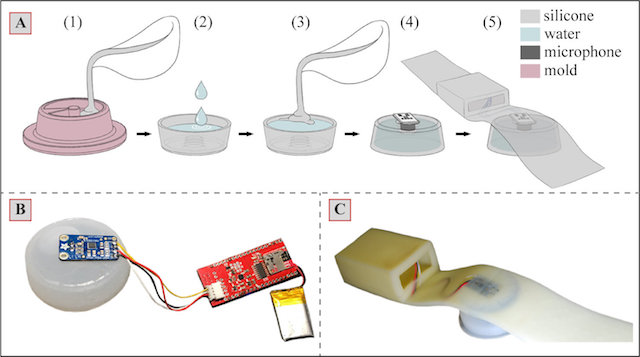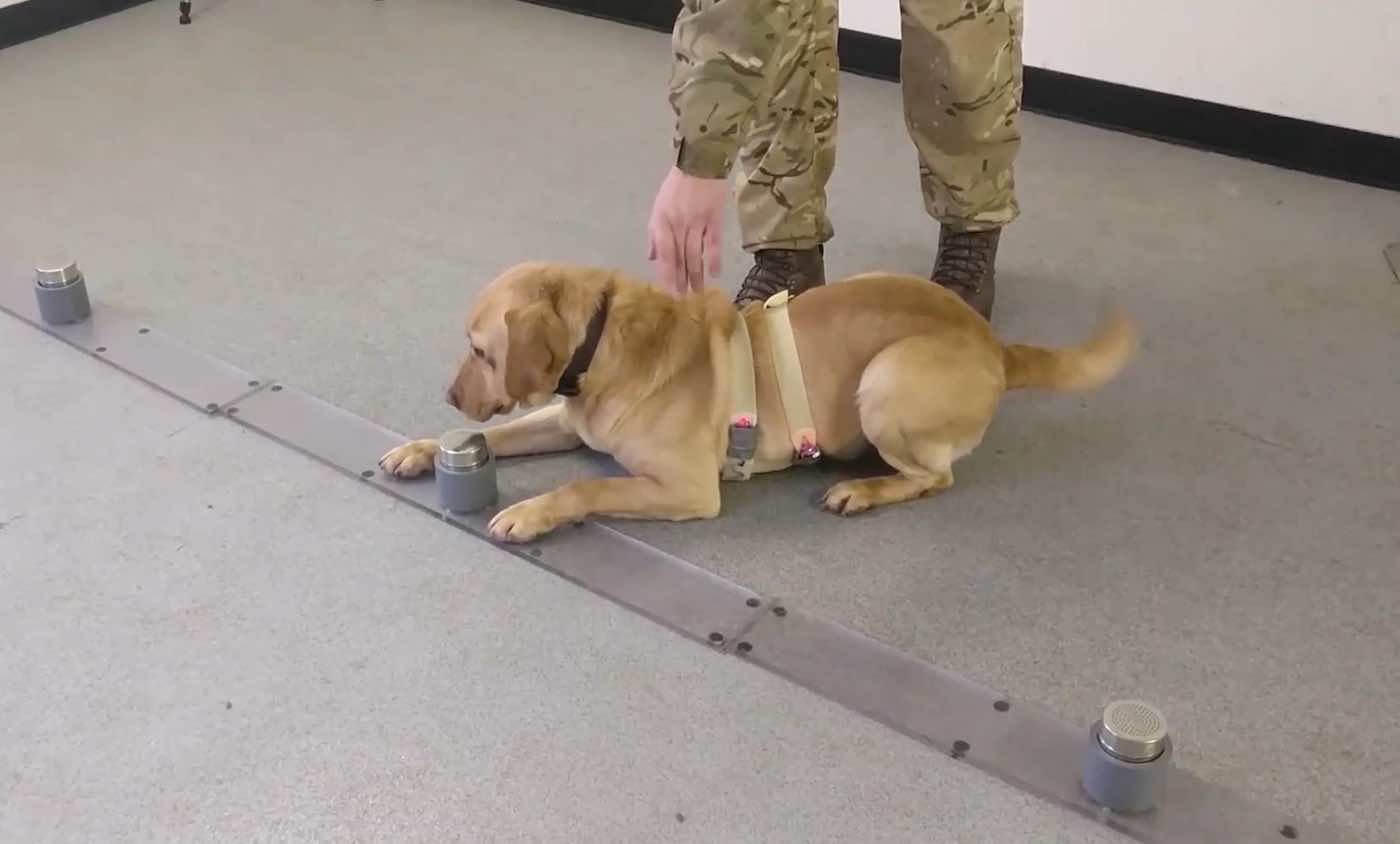Researchers from Imperial College London have invented a first-of-its-kind health tracking sensor for pets and people that can monitor vital signs through fur or clothing.
The new type of sensor, which can detect vital signs like heart and breathing rates through fur—and as many as four layers of clothing—could help make everyday wearables for pets and livestock a reality.
Such devices could help owners keep track of their pets’ health, and help vets monitor animals during surgery without the need for shaving.
They could even help improve the work of sniffer dogs used to detect bombs and missing persons.
LOOK: This New LED Lamp Has Helped 90% of Its Dyslexic Users to Read ‘Effortlessly’
For human use, they could provide a new way to measure vital signs over clothing without direct contact with the skin.
Lead author Dr Firat Guder, of Imperial’s Department of Bioengineering, said: “Wearables are expected to play a major role in monitoring health and detecting diseases early. Our stretchy, flexible invention heralds a whole new type of sensor that can track the health of animals and humans alike over fur or clothing.”
The research on this new class of sensors is published Tuesday in Advanced Functional Materials.
Watery, squishy stethoscope
Unlike in humans, for whom there are many fitness tracking devices, there aren’t currently many “wearable” options for pets and other animals. The researchers suggest that one reason for this is that current trackers cannot monitor vital signs through fur.
The new Imperial-developed device is made of a silicone-water composite material which houses a microphone that picks up sound waves, like a watery, squishy stethoscope. It is flexible and stretchy enough that it tightly moulds to the shape of the fur, clothing, or body part it is placed on, squeezing out any sound-sucking air bubbles and preventing them from re-forming.
RELATED: Bionic Pancreas for Type 1 Diabetes Gets ‘Breakthrough’ Designation From FDA
First author Yasin Cotur, of Imperial’s Department of Bioengineering, said: “The sensor works like a watery stethoscope, filling any gaps between it and its subject so that no air bubbles get in and dampen the sound.”
The sound is converted to a digital signal which is then transmitted to a nearby portable computer so that people can track an animal’s physiology in real-time.
When the researchers tested their device on five humans and one dog, they found that it works through up to four layers of clothes, and that the sensor works best when the clothing or fur sits right up against the skin.

Dogs with jobs
As well as health tracking, the researchers say the sensors could help turn findings from sniffer dogs into measurable data.
Sniffer dogs are trained to exhibit behaviors like sitting or barking when they detect a target object such as an explosive device or person stuck inside rubble following an earthquake.
CHECK OUT: People With Diabetes May One Day Be Monitoring Glucose With an Earring
When dogs “alert” to target objects, such as bombs, their heart and breathing rates increase because they are excited to be rewarded for correctly identifying their target.
However, “alerting” behavior can be difficult to quantitively measure.
The researchers say their new sensor could establish baselines of normal heart and breathing rates from which to quantify the level of excitement for each dog. This would be measured by how much their vital signs diverge from the norm.
By measuring how excited the dogs are, an inbuilt algorithm might even be able to tell the strength of the dog’s reaction to the smell it detects and work out how ‘sure’ the dog is of finding the desired object.

Animal AI
The sensors have been tested only on dogs and humans so far, but the researchers will next try to adapt them for use on other types of pets, as well as horses and livestock.
Yasin said: “The next step is to validate our system further with animals, primarily focusing on sniffer dogs and then horses and livestock later on.”
They are also integrating motion sensors to the system so they can track animals’ movements in real time. The software could use an artificial intelligent algorithm to indicate when pets are standing, sitting, or lying, as well as which direction they are facing and how their vital signs diverge from the norm. This could hook up to a smartphone app that will tell owners how—and where—their pets are in real time.
Reprinted from Imperial College London
(WATCH the video below)
Be Sure And Share The Pawesome News With Your Friends On Social Media…



















